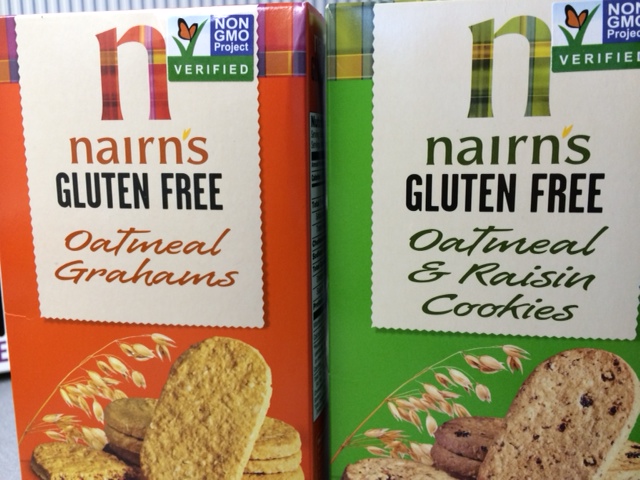If you have read any of my other posts you can probably guess that junk science is a pet peeve of mine. I used to have a sign in my office that read “You are entitled to your own opinions. You are not entitled to your own facts.” And here is one to think about. At least here in the United States, neither all-natural nor gluten-free have the kind of clear, legally enforceable, meanings that a lot of people think that they have.
Don’t believe me? Allow me to refer you to the FDA website where they outline the squishy nature of the term “all natural”.
http://www.fda.gov/AboutFDA/Transparency/Basics/ucm214868.htm
There are good standards by which to evaluate your food. USDA Organic is one example. Many lawyers and advocates debated it for a long time and whether you like the definition or not, it is a clearly defined term with a logo that means something. Non-GMO certified means something as well. It means that a private group has certified that the manufacturer follows a specific process to test for GMOs and that the product has less than 0.9% GMO ingredients. The GF in a circle logo means that the food is tested regularly to ensure that it does not contain gluten in excess of 10 ppm. You can check this yourself here…
http://www.gluten.net/gfco/how-to-certify.aspx
But for gluten-free, the FDA has not yet ruled on an even more lax standard of 20 ppm. They have been discussing it since 2005. I am not sure when they feel that the public will have commented enough for them to move forward. If you want to comment on this or check it out for yourself here is a link to their website.
http://www.fda.gov/NewsEvents/Newsroom/PressAnnouncements/ucm265838.htm
In the meantime, foods without a GF logo that just say “gluten-free” only tells you that the manufacturer is probably trying and believes it to be true. The little g* at Trader Joe’s is a real metric, but it means that no gluten ingredients are used. It does not mean that they have checked for cross contamination. You have to decide how much you trust the manufacturer and understand the growing process. I have a feeling it varies by manufacturer and product.
To see the Trader Joe’s definition look here
http://www.traderjoes.com/lists/no-gluten.asp
This is an issue because a study published in 2009 found that several inherently gluten free grains contained levels of gluten in excess of the 20 ppm that the FDA is considering as a standard for calling something gluten free.
You can see the abstract here
http://www.ncbi.nlm.nih.gov/pubmed/20497786
This is also true for “grain-like” substances. As part of my research for the post on Passover, I was surprised to learn that quinoa was not always kosher for passover because while it doesn’t grow near wheat or barley it has cross-contamination risk.
For sources check the following links
http://oukosher.org/index.php/passover/article/the_question_of_quinoa/
http://www.oukosher.org/index.php/passover/article/4830/
So be a wary consumer and trust your gut (literally) about foods.
And unless you are on a Feingold diet, keep in mind my dad’s crack about all-natural. “Hemlock is all-natural…that doesn’t make it good for you!”


